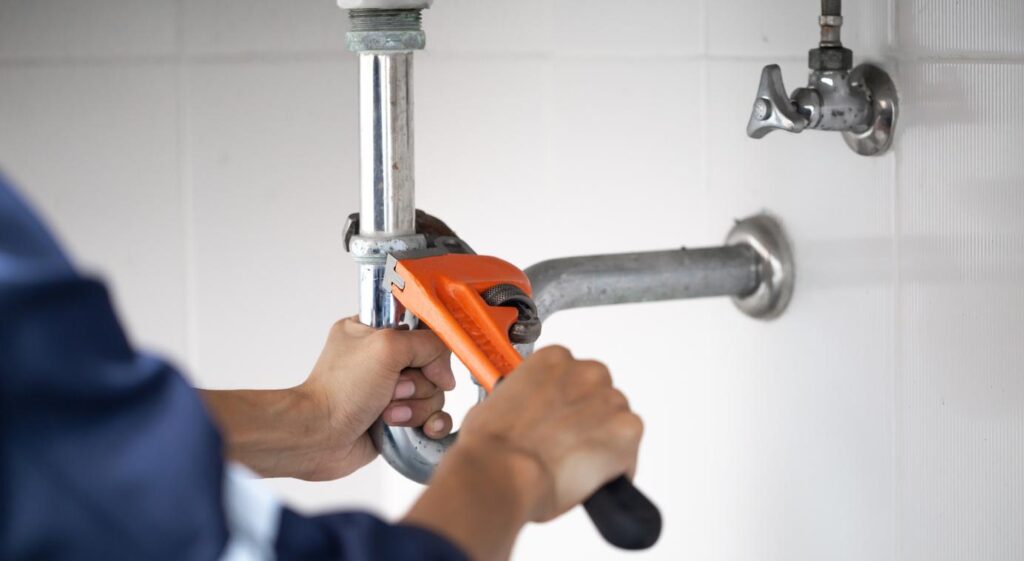4 Buy the Dip Home Improvement Stocks By StockNews

© Reuters. 4 Buy the Dip Home Improvement Stocks
The continued adoption of hybrid working structures as a long-term measure by many organizations has been motivating people to upgrade or renovate their homes. This, along with a red-hot housing market, is expected to keep home improvement products in demand. So, we think it could be wise to bet on home improvement stocks Lowe’s (LOW), Stanley Black & Decker (SWK), Mohawk (MHK), and Snap-on (NYSE:). They are currently trading at prices below their recent highs. Let’s discuss.The remote working culture ushered in by the COVID-19 pandemic has been a boon for the home improvement industry because people have prioritized upgrading their homes or shifting to bigger living spaces in suburban areas. While the economy’s reopening has reduced the demand for home improvement products to an extent, as people focus on outdoor activities, organizations’ continued adoption of hybrid working structures should drive their employees’ continued spending on home improvement.
The red-hot housing market and the trend in buying old homes should keep driving the demand for home improvement products and services. According to a recently published Allied Market Research report, the global home improvement services market is expected to grow at a 6.2% CAGR from 2021 – 2030.
Increasing disposable income with the falling unemployment rate should further support the growth of the home improvement industry. So, we think fundamentally sound home improvement stocks Lowe’s Companies, Inc. (NYSE:), Stanley Black & Decker, Inc. (SWK), Mohawk Industries , Inc. (NYSE:), and Snap-on Incorporated (SNA), whose prices are currently down from their recent highs, could be solid bets now.
Fusion Media or anyone involved with Fusion Media will not accept any liability for loss or damage as a result of reliance on the information including data, quotes, charts and buy/sell signals contained within this website. Please be fully informed regarding the risks and costs associated with trading the financial markets, it is one of the riskiest investment forms possible.








